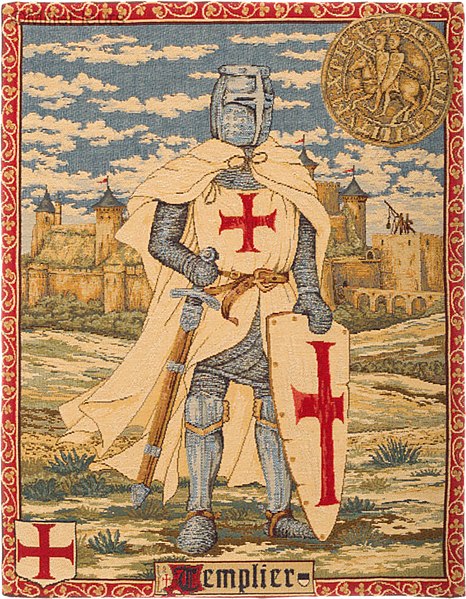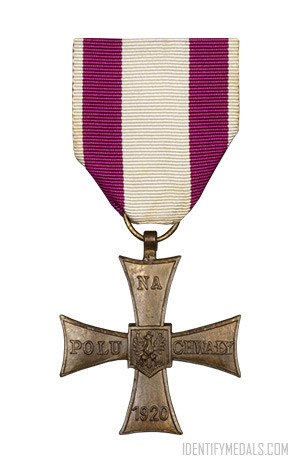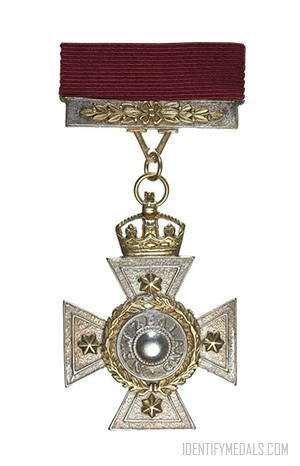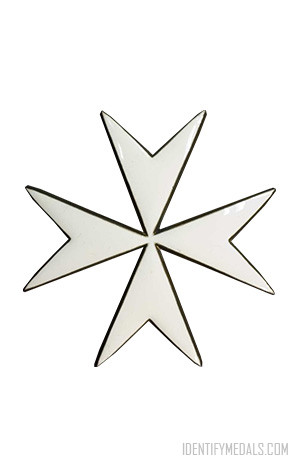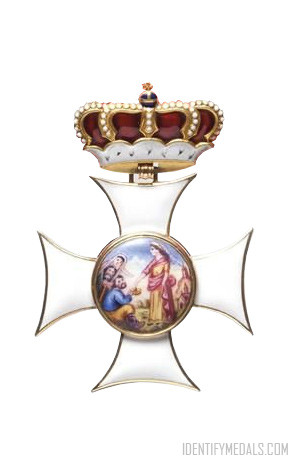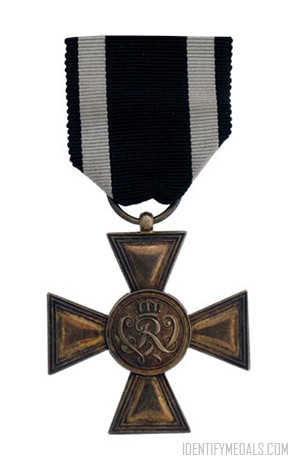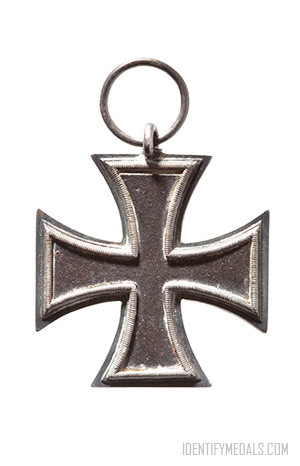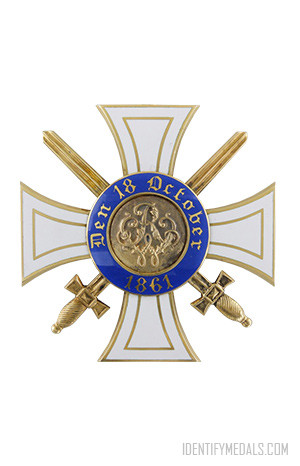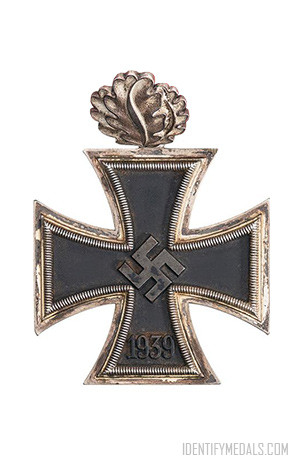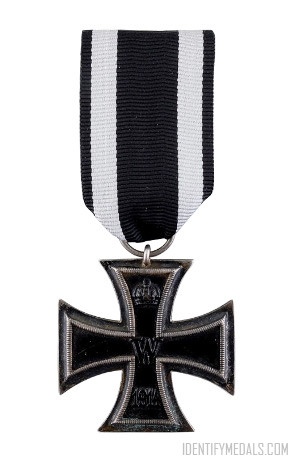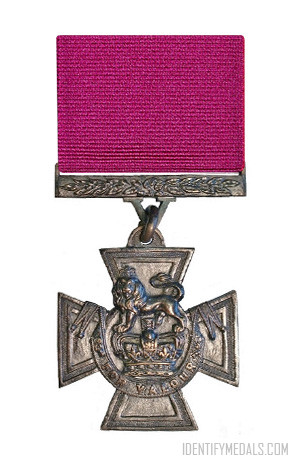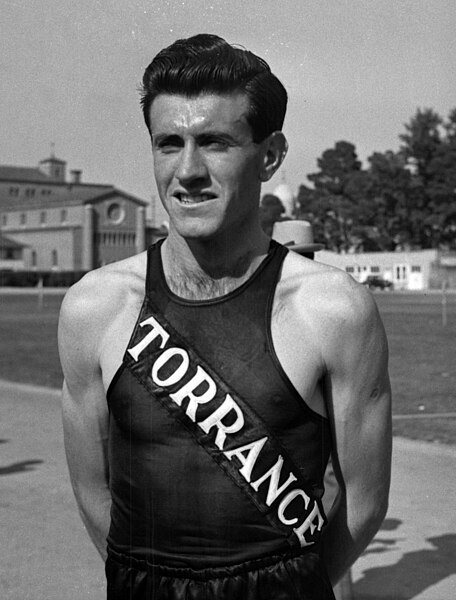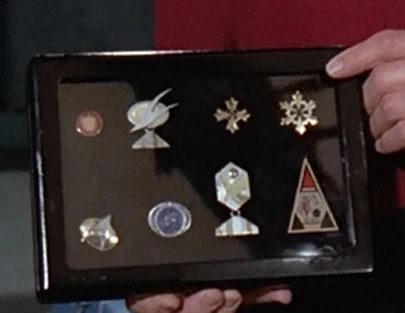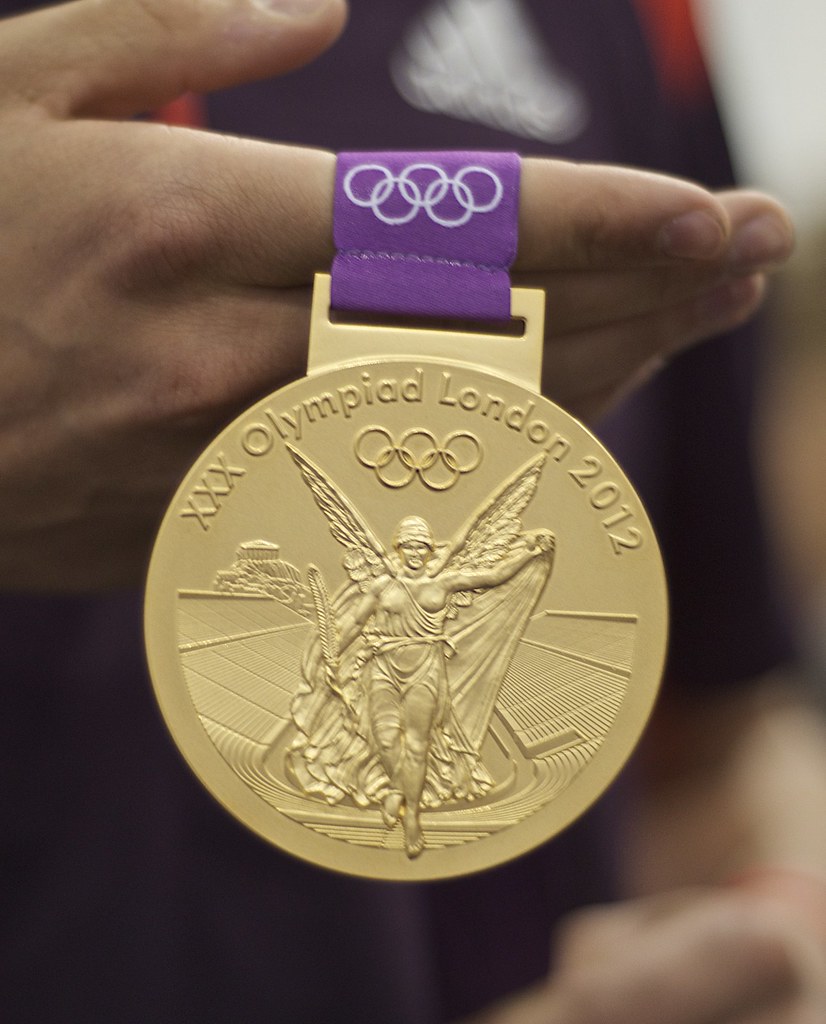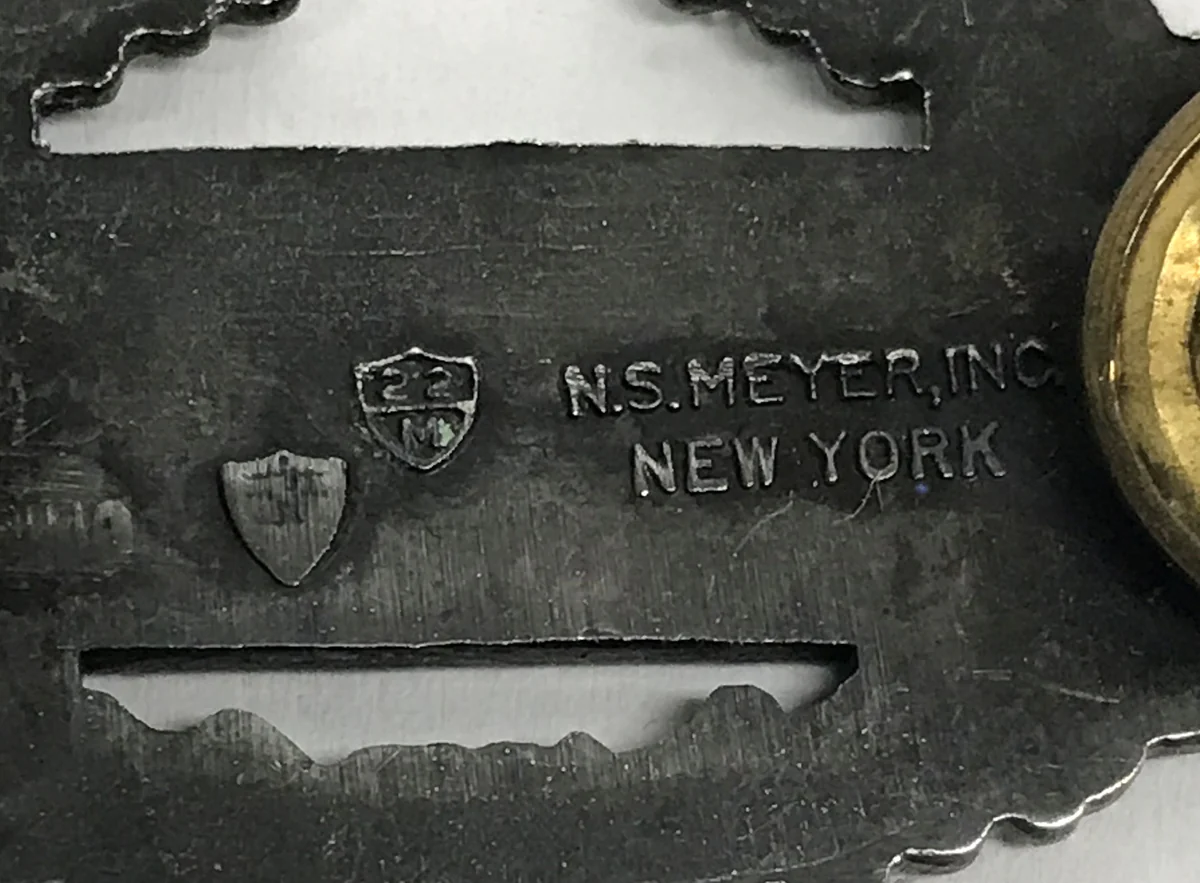The Templar Knights and the Teutonic Knights, two of the most renowned medieval military orders, are celebrated for their distinctive symbols and significant roles in history. The Templar Knights, known for their iconic red cross patée, were protectors of Christian pilgrims and crusaders. The Teutonic Knights, distinguished by their black cross on a white mantle, evolved from a crusading order to a chivalric and charitable organization.
In this article, we will explore the rich history, symbolism, and the evolution of the medals and decorations associated with these legendary orders.
Insignia and Decorations of the Templar Knights
The Templar Knights, officially known as the Poor Fellow-Soldiers of Christ and of the Temple of Solomon, were a medieval Christian military order.
While they did not have medals in the modern sense, their distinctive symbol was the red cross pattée on a white mantle, representing their commitment and valor in battle. This emblem was a significant part of their identity and was worn on their tunics and shields.
- Symbolism: The red cross patée was a symbol of martyrdom and sacrifice, reflecting the Templars’ role as protectors of pilgrims and crusaders.
- Uniform: Templars wore a white mantle with the red cross, which became synonymous with their identity and mission.
Insignia and Decorations of the Teutonic Knights
The Teutonic Knights, or the Order of Brothers of the German House of Saint Mary in Jerusalem, also featured a distinctive symbol. Their emblem was a black cross on a white mantle, often called the “Teutonic Cross.“
Over time, the order developed medals and decorations, particularly during later periods when they functioned more as a chivalric order rather than a military one. These included various crosses and badges awarded for bravery, service, and leadership within the order.
- Cross Variants: The Teutonic Knights’ cross evolved over time, with various forms such as the Iron Cross becoming prominent in later German military history.
- Awards: During the 19th and early 20th centuries, the Teutonic Knights, having transitioned to a primarily honorary organization, developed various medals and decorations to honor service and dedication.
Connection to Modern Medals
The influence of the Templar and Teutonic Knights’ insignia is evident in several modern military decorations and orders of chivalry. The Templar cross, with its distinctive red patée, has inspired numerous modern medals and emblems, symbolizing sacrifice and valor. For example, the Cross of the Order of St. John, awarded by the British monarch, bears a striking resemblance to the Templar cross, reflecting its heritage of service and protection.
Similarly, the black cross of the Teutonic Knights has evolved into the Iron Cross, a prestigious German military decoration awarded for bravery. Established in 1813 by King Frederick William III of Prussia, the Iron Cross was prominently awarded during both World Wars. Its design, directly influenced by the Teutonic Knights’ cross, symbolizes valor and honor in the face of adversity.
In addition to the Iron Cross and the Cross of the Order of St. John, several other modern medals and decorations draw inspiration from medieval military orders like the Templar and Teutonic Knights:
- Order of Malta: The Sovereign Military Order of Malta, an order of chivalry founded in the Middle Ages, continues to bestow honors such as the Grand Cross.
- Order of the Holy Sepulcher: This papal order awards various classes of knighthood, including the Knight Grand Cross.
- Order of the British Empire: While not directly linked to medieval orders, its hierarchical structure and awarding of medals reflect the influence of chivalric traditions.
- Legion of Honor: Established by Napoleon, this French order also embodies the spirit of chivalric orders, awarding medals for military and civil merit.

